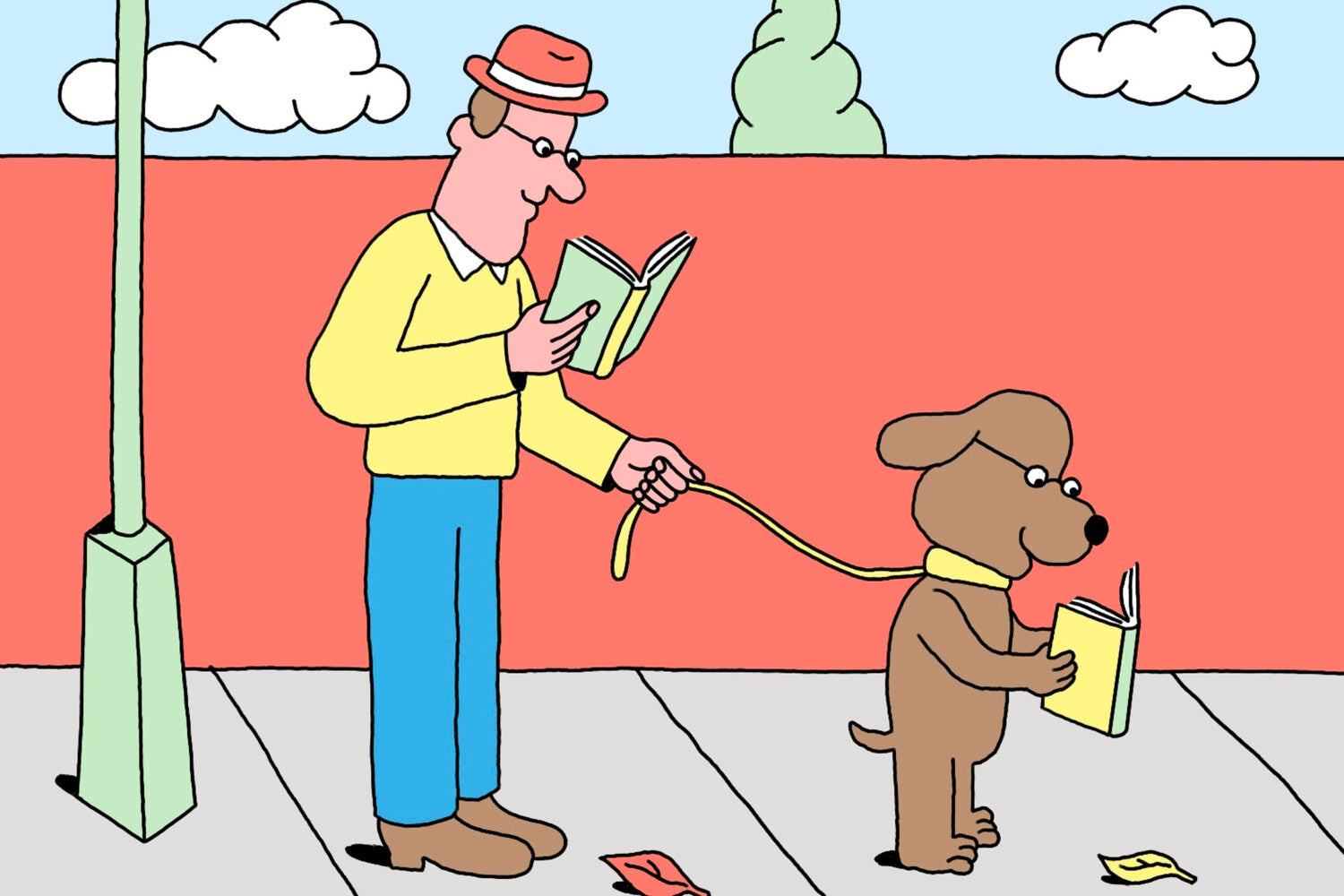
“Who Owns This Sentence?: A History of Copyrights and Wrongs,” by David Bellos and Alexandre Montagu ’91 (Norton)
Much of contemporary culture, ranging from cartoons to computer software to costumes, is subject to copyright. And most copyrights of commercial value belong to corporations, not creators — a recent development, according to David Bellos and Alexandre Montagu, who trace the history of copyright beginning with its origins in 18th-century England to current developments such as ownership of artificial intelligence creations. The authors cover how the duration and scope of copyright have expanded through the years and the implications for its concentration today in the hands of a few giant entities. While copyright was initially designed to bring a more equitable balance of power between creators and distributors, it has turned into an engine of inequality, they argue.

“The Foresighted Ambedkar: Ideas That Shaped Indian Constitutional Discourse,” by Anurag Bhaskar LL.M. ’19 (Viking)
Anurag Bhaskar, deputy registrar of the Supreme Court of India, offers a comprehensive account of the life and work of Bhimrao Ramji Ambedkar, a jurist, academic, and political leader who was the only person involved in every stage of drafting the Indian Constitution starting in 1919. Bhaskar covers topics such as Ambedkar’s influence on constitutional discourse and his opposition to the system classifying people as “untouchable,” as outlined in his book “Annihilation of Caste.” In his vision of the constitution as the basis for anti-caste and democratic politics, Bhaskar writes, Ambedkar provides insight into how to address contemporary challenges. The book includes a foreword by Dhananjaya Y. Chandrachud LL.M. ’83 S.J.D. ’86, chief justice of the Supreme Court of India.
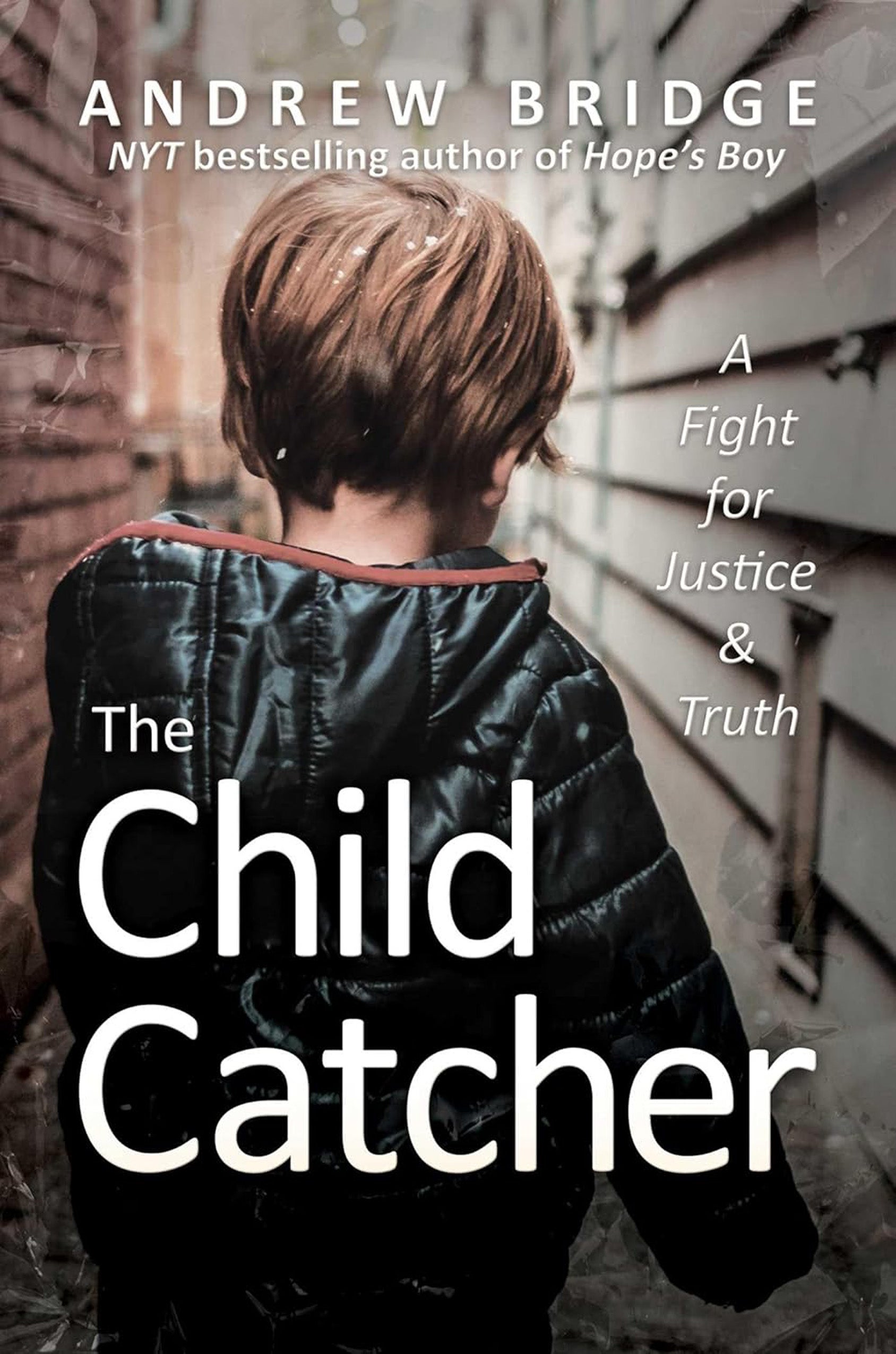
“The Child Catcher: A Fight for Justice and Truth,” by Andrew Bridge ’89 (Regalo Press)
After writing about his own experience as a foster child confined to an abusive institution in his memoir, “Hope’s Boy,” Andrew Bridge recounts his legal advocacy on behalf of children who were similarly mistreated. While serving as an attorney for the Bazelon Center for Mental Health Law shortly after graduating from Harvard Law School, Bridge represented children residing in the Eufaula Adolescent Center, then Alabama’s largest youth mental institution, which he describes as having practiced harsh punishment while providing scant treatment. He shares the stories of the residents and parents he encountered during the lawsuit, and of the state authorities who fought his efforts to investigate the conditions his clients faced. The book culminates in a trial, highlighted by dramatic testimony from one of Eufaula’s youngest residents, that would determine the institution’s future.
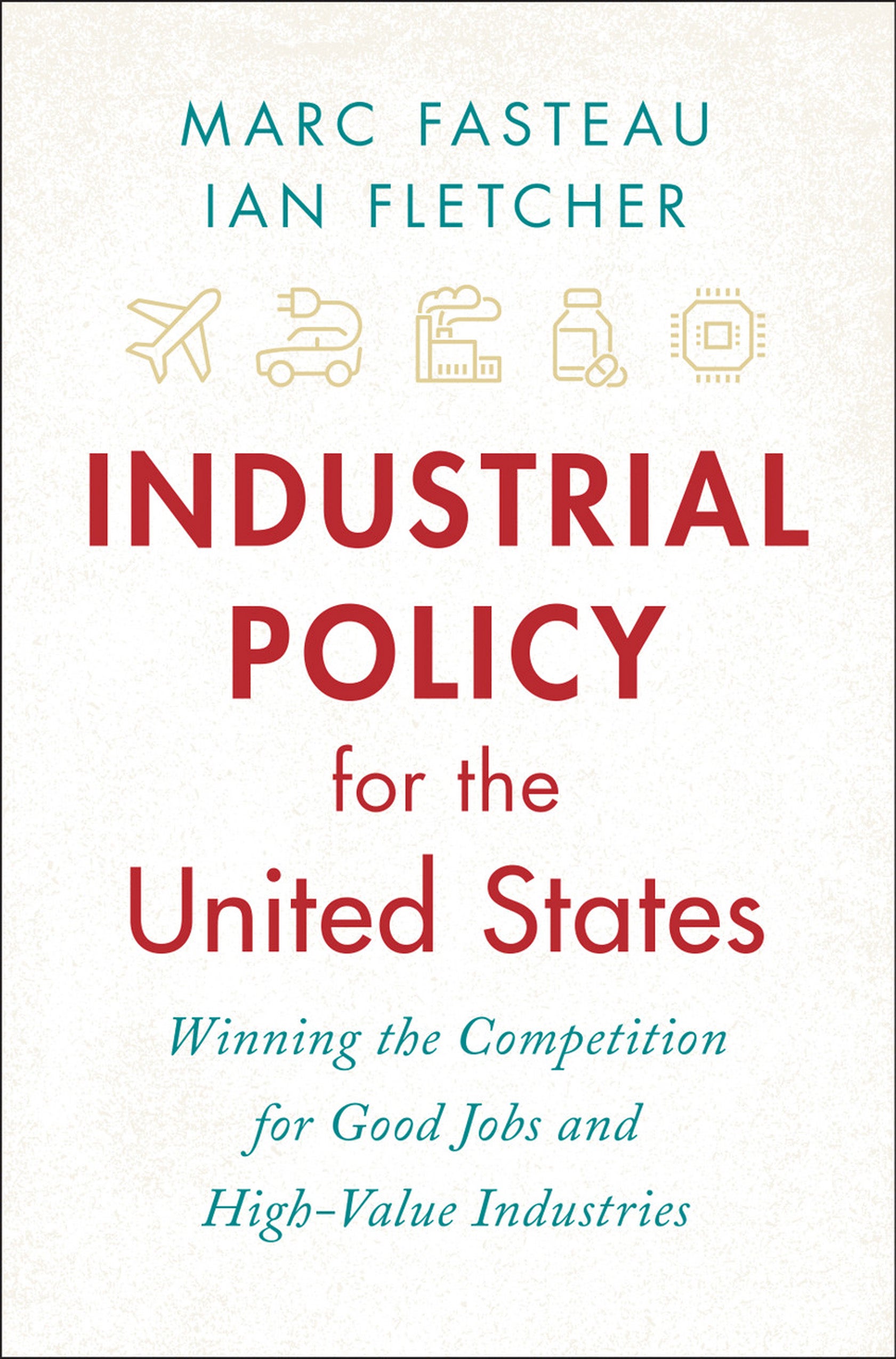
“Industrial Policy for the United States: Winning the Competition for Good Jobs and High-Value Industries,” by Marc Fasteau ’69 and Ian Fletcher (Cambridge University Press)
Industrial policy, the planned governmental support of industries, has long been dismissed in the United States as an ill-advised and inefficient intervention in free markets, write Marc Fasteau and Ian Fletcher. It shouldn’t be, contend the authors, who call for a “coherent, integrated, and continuing response at the highest levels of government” to bolster struggling U.S. industries. The book offers case studies of other countries, such as Germany and Japan, that have introduced successful industrial policies. The authors also explore industrial policy’s history in the United States and its implementation in the automotive and robotics industries, among others. Their recommendations include the expansion of programs to support manufacturing, tariffs to protect industries, and policies to deny adversaries key technologies.
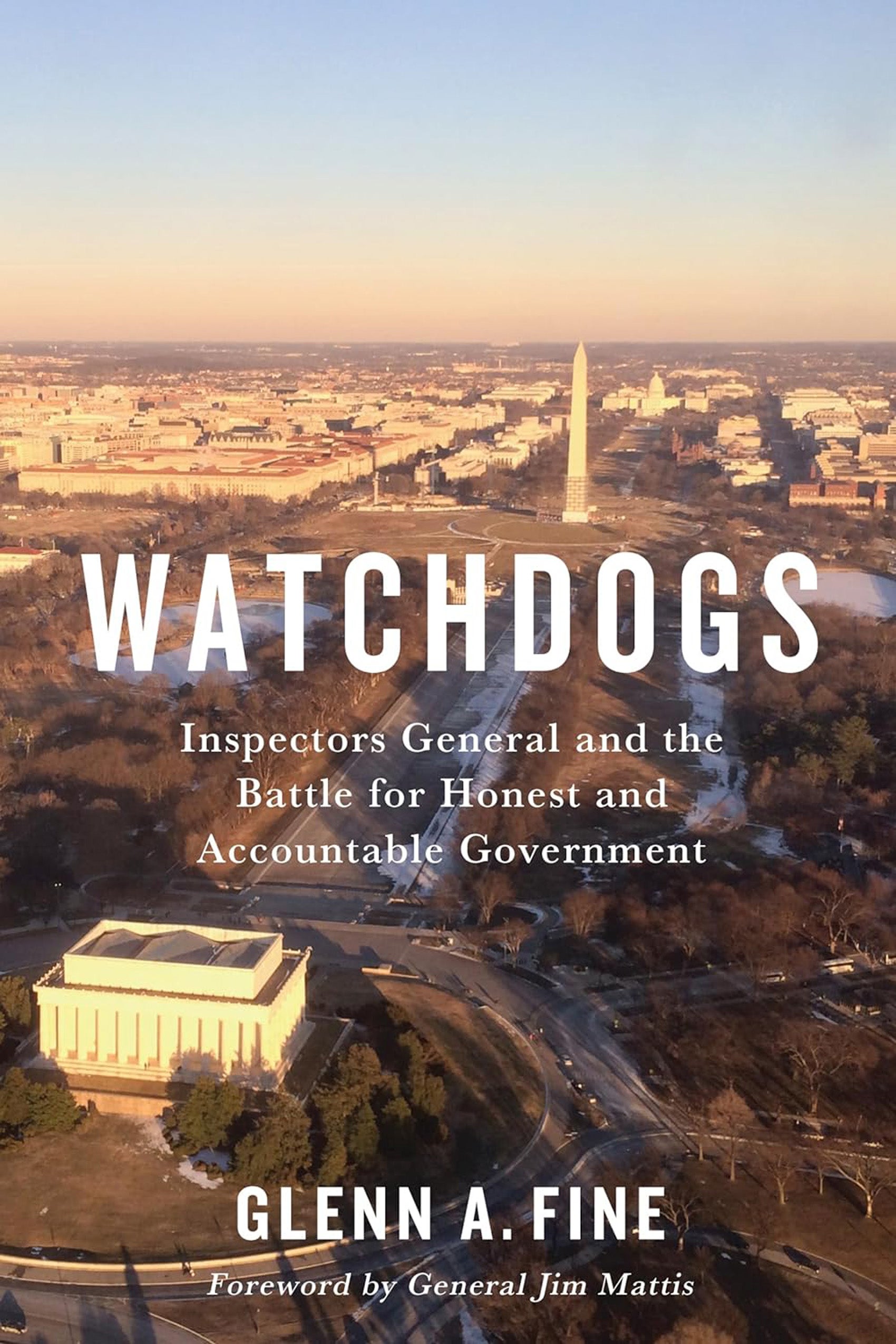
“Watchdogs: Inspectors General and the Battle for Honest and Accountable Government,” by Glenn A. Fine ’85 (University of Virginia Press)
Glenn Fine recounts his experiences serving as the former inspector general of the U.S. Departments of Justice and Defense, in a role he sees as essential in the struggle “to keep government officials honest and accountable and to improve government operations.” He details investigations conducted by those departments’ IG offices — including of the FBI’s missed opportunities to deter the Sept. 11 attacks and of what he refers to as “the worst corruption scandal in U.S. Navy history,” involving a defense contractor known as “Fat Leonard.” Fine also provides recommendations for strengthening the system of oversight. In addition, he outlines how his longtime tenure as an IG ended with his dismissal by President Donald Trump during a period when the president fired five IGs, a moment referred to by The Washington Post as the “massacre of inspectors general.”
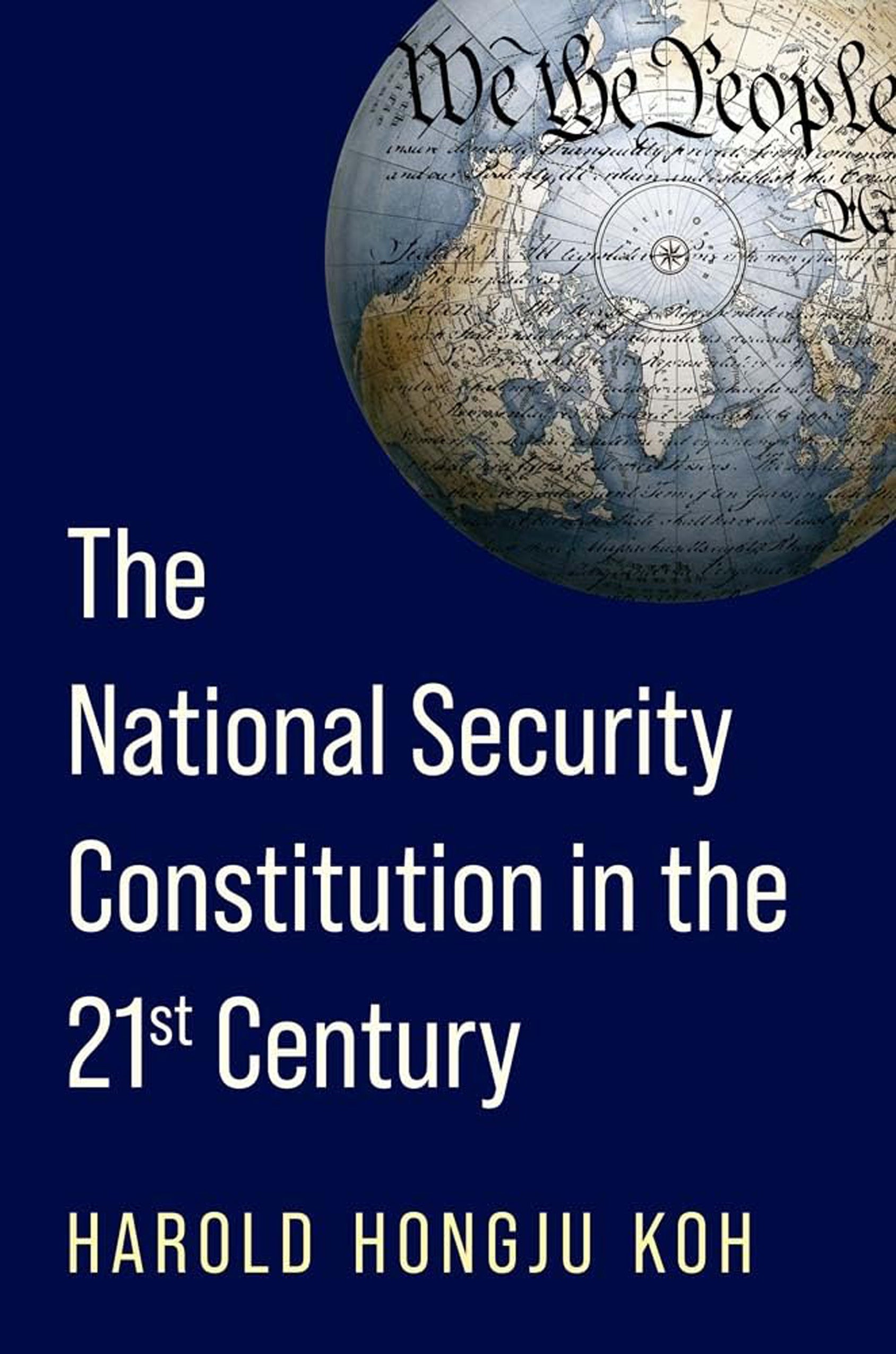
“The National Security Constitution in the 21st Century,” by Harold Hongju Koh ’80 (Yale University Press)
Harold Koh contends, in this substantially updated edition of his 1990 book, that an erosion of constitutional norms over the past few decades has brought increasingly unchecked power to the presidency in national security policy. The author, who served four U.S. presidents in the Justice and State departments as a policymaker and lawyer, describes how the erosion occurred and what can be done to restore a balance of power, offering reforms that would redefine the role the three branches of government play in the national security system. While Koh favors strong presidential leadership, an unencumbered executive can result in abuses and in threats to national security, he writes.
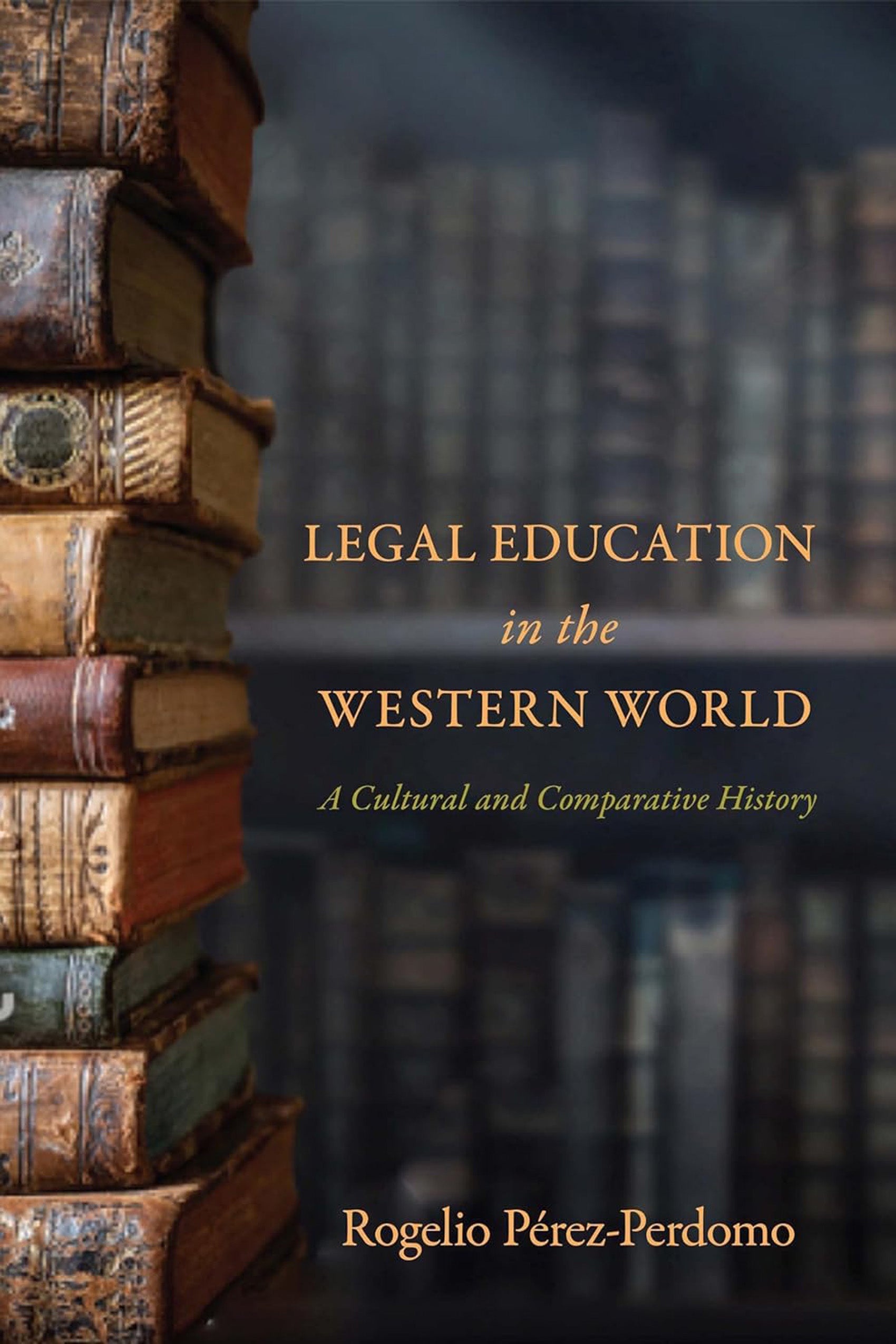
“Legal Education in the Western World: A Cultural and Comparative History,” by Rogelio Pérez-Perdomo LL.M. ’72 (Stanford University Press)
While legal education’s major purpose is to prepare people to work in the field of law, its overall impact on society is much greater, according to Rogelio Pérez-Perdomo, a professor and former law dean at Universidad Metropolitana in Venezuela. “Legal education is linked to the law as a way of ordering society and to the conceptualization of the law itself,” he writes. The author examines the civil law tradition, focusing on law teaching in Europe and Latin America, and offers a historical analysis of the transformation of legal education in England and the U.S. since the 19th century. In addition, he considers the impact of transnationalization and globalization on law schools and the law.
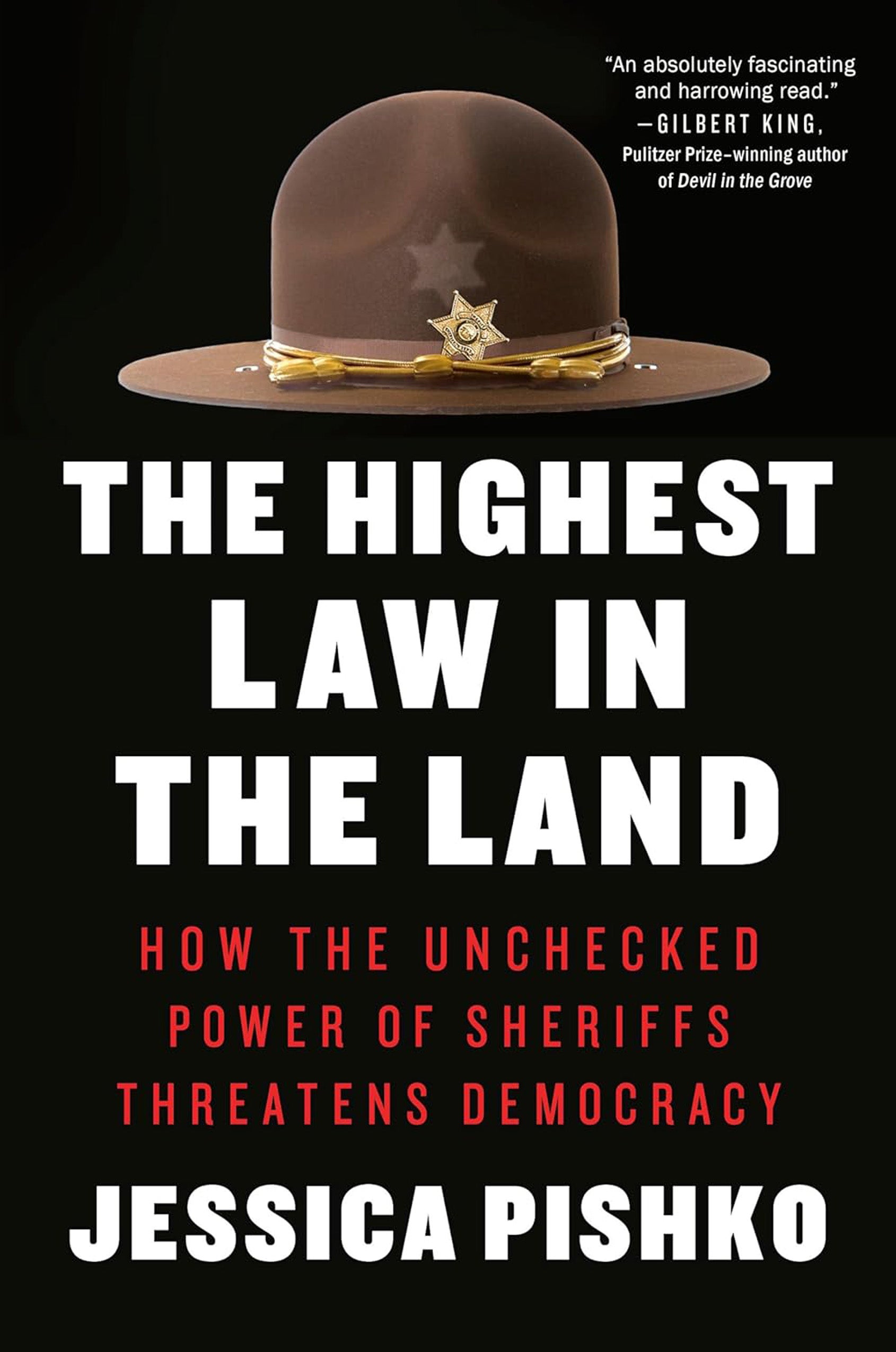
“The Highest Law in the Land: How the Unchecked Power of Sheriffs Threatens Democracy,” by Jessica Pishko ’02 (Dutton)
Through on-the-ground reporting and research, Jessica Pishko explores the problematic role in society played by local sheriffs, who she contends often adhere to far-right, anti-government, and white supremacist ideologies. She covers “constitutional” sheriffs, who claim that they, rather than the federal or state government, have ultimate authority in their county and how their influence was bolstered by a backlash against COVID-19 shutdowns. Other topics include sheriffs’ ties to militia groups, gun rights, and MAGA movements and their efforts to stem immigration. Operating with limited accountability and resisting reforms to their offices, many local sheriffs engage in racist and sexist policing and are not responsive to community safety needs, argues Pishko, who concludes that the county sheriff as an institution should be eliminated.
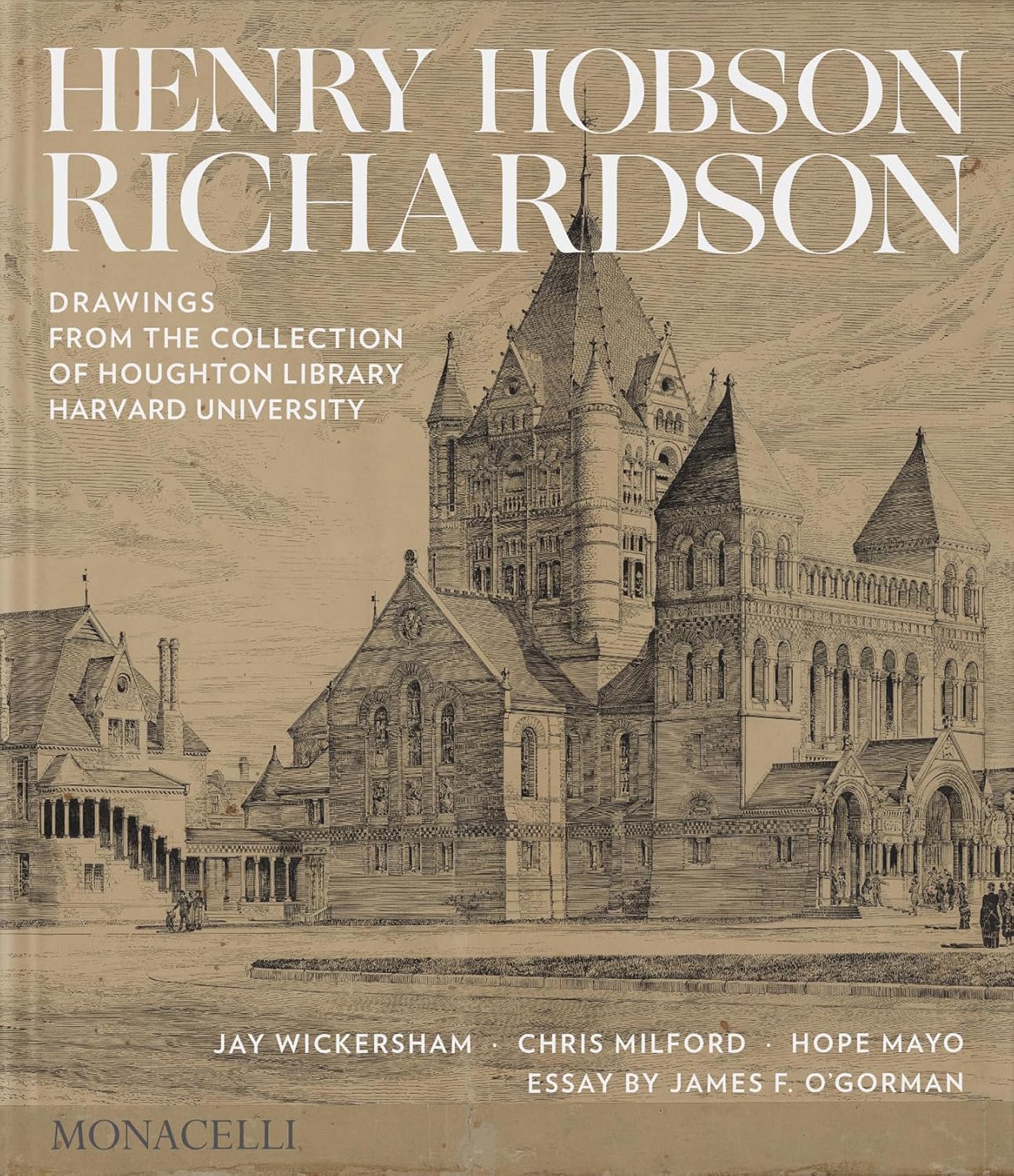
“Henry Hobson Richardson: Drawings from the Collection of Houghton Library, Harvard University,” by Jay Wickersham ’94, Chris Milford, and Hope Mayo (Monacelli Press)
The book presents more than 400 drawings from the Harvard collection by Henry Richardson, considered the greatest American architect of the 19th century, and offers insight into his design process. The drawings, reflecting “one of the most recognizable styles of any architect who has ever practiced,” showcase landmarks such as Boston’s Trinity Church, Chicago’s Marshall Field’s store, among an array of houses, churches, libraries, and government buildings. Notably, the book features an extensive look into the design of Austin Hall at Harvard Law, which was designed specifically to support the case study teaching method. Co-author Jay Wickersham, who took classes in Austin, is a founding partner of Noble, Wickersham & Heart, which focuses on architectural and environmental law.
